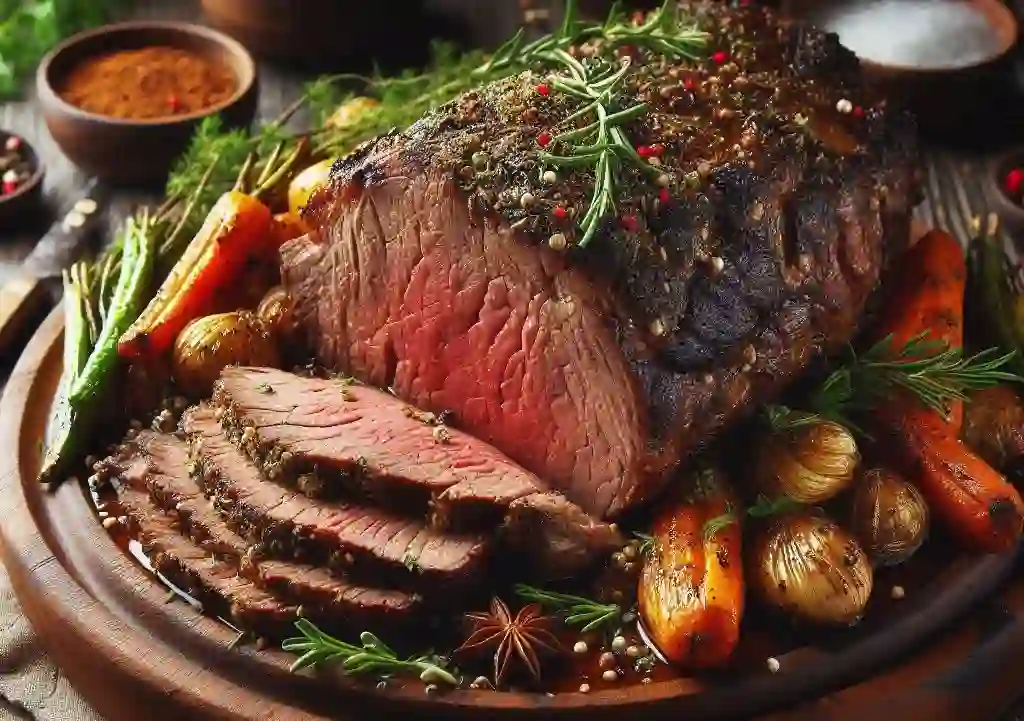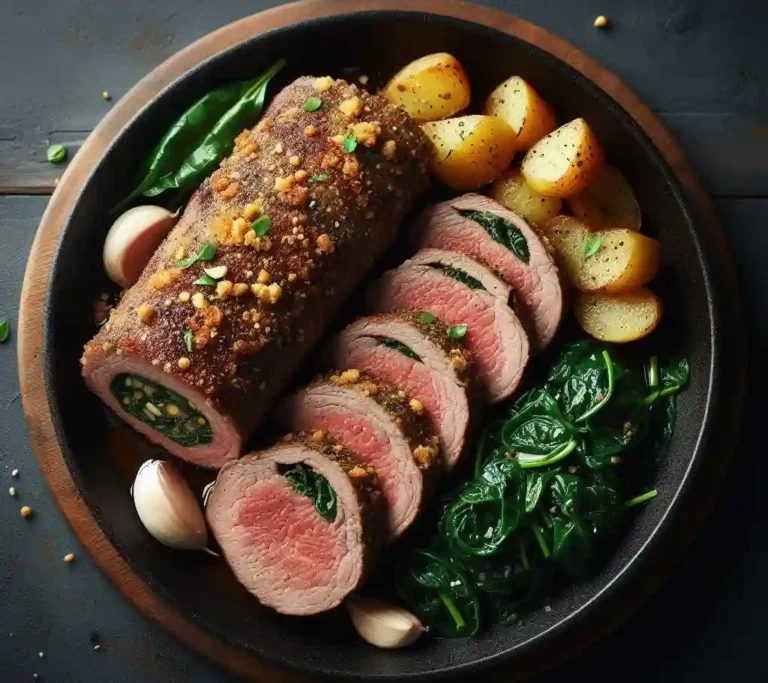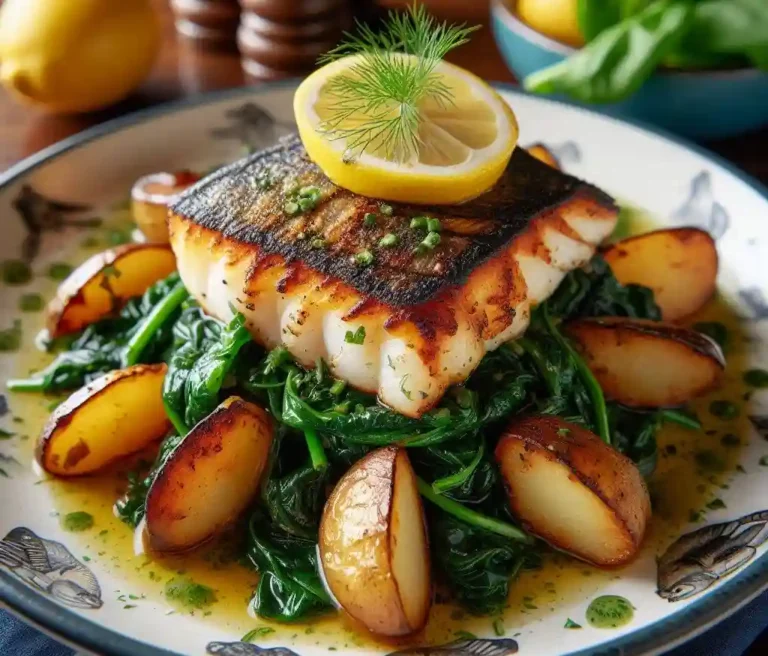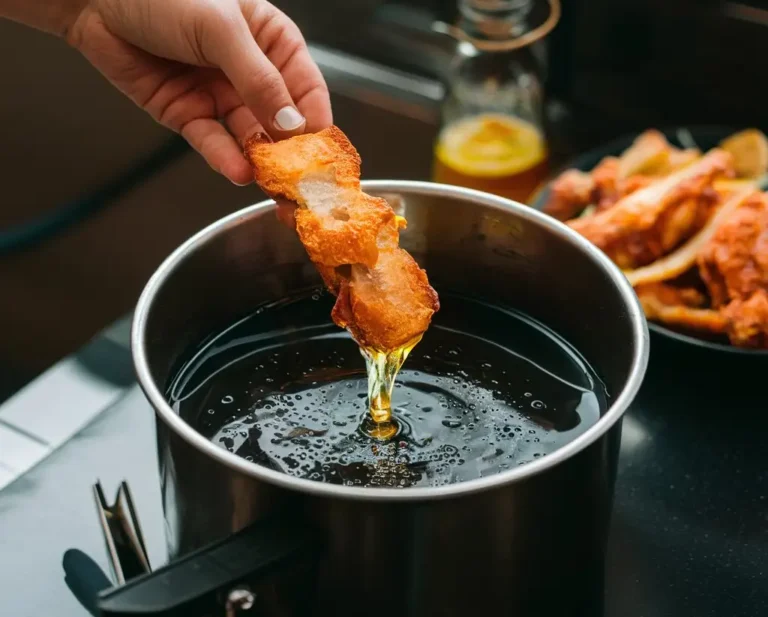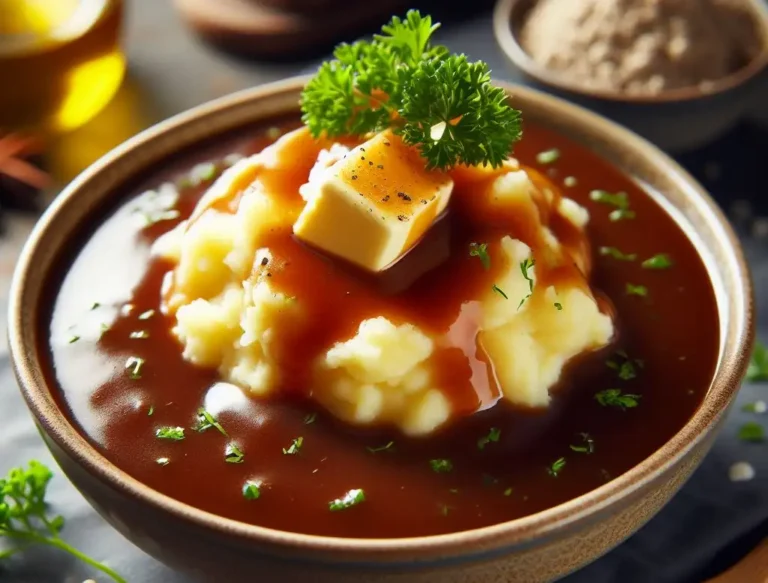How to Make a Tender Rump Roast: Your New Favorite Dish
If you’re looking for a delicious and satisfying meal that will impress your family and friends, look no further than a tender rump roast.
This savory dish is sure to become a new favorite in your household. In this blog post, we will walk you through the steps to make the perfect tender rump roast that will have everyone coming back for seconds.
How to Make a Tender Rump Roast? – A Quick Overview
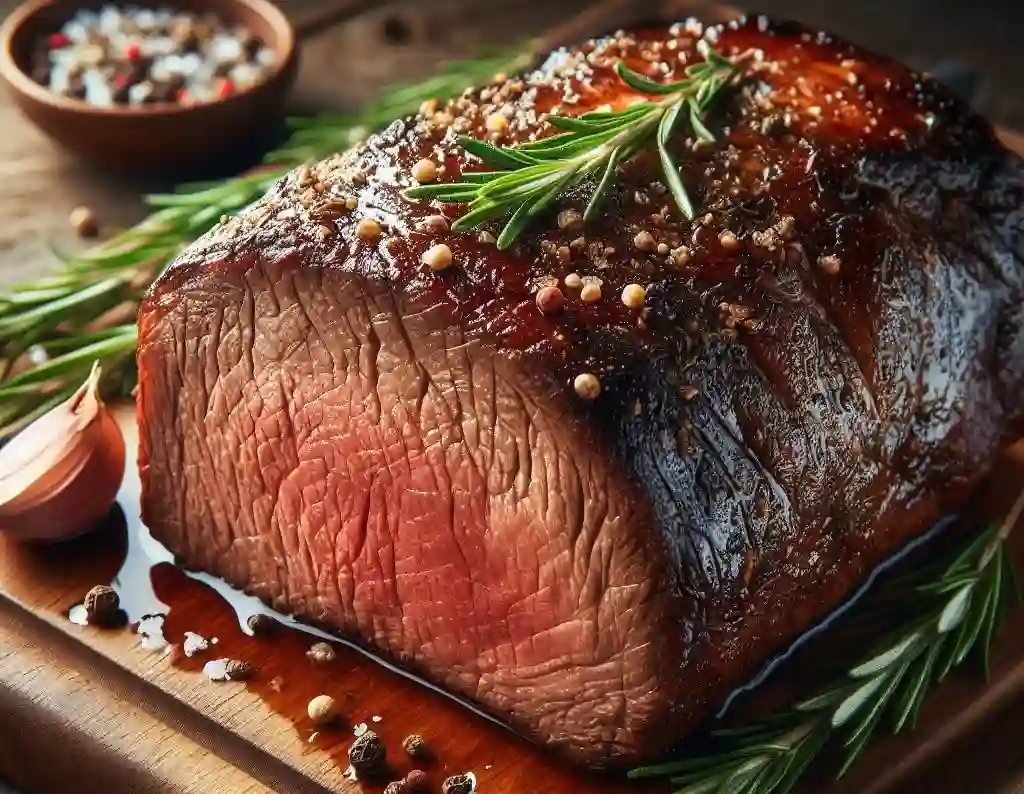
Ingredients:
- 2-3 pound beef rump roast
- 2 tablespoons olive oil
- 1 onion, chopped (optional)
- 3 cloves garlic, minced (optional)
- 1 cup beef broth
- 1 teaspoon dried thyme
- Salt and pepper, to taste
Instructions:
- Preheat: Preheat oven to 325°F (160°C).
- Season: Rub the rump roast with olive oil, salt, and pepper.
- Sear: Sear the roast in a hot skillet on all sides until browned, about 2-3 minutes per side.
- Roast: Transfer the roast to a Dutch oven or oven-safe pot with a lid. Add chopped onion and garlic (if using).
- Braise: Add beef broth, thyme, and browned roast to the pot. Cover with a lid.
- Roast: Roast in the preheated oven for 2-3 hours, or until the roast reaches your desired level of doneness.
- Rest: Let the roast rest for 15-20 minutes before slicing and serving.
Tips:
- Choose a rump roast with a good layer of marbling (fat) for tenderness and flavor.
- Use a meat thermometer to ensure the roast reaches a safe internal temperature: 135°F (57°C) for medium-rare, 145°F (63°C) for medium, and 155°F (68°C) for medium-well.
- Let the roast rest before slicing to allow the juices to redistribute, making it even more tender and flavorful.
- Consider using a slow cooker or Instant Pot for a hands-off, tender rump roast.
Understanding Your Cut of Meat
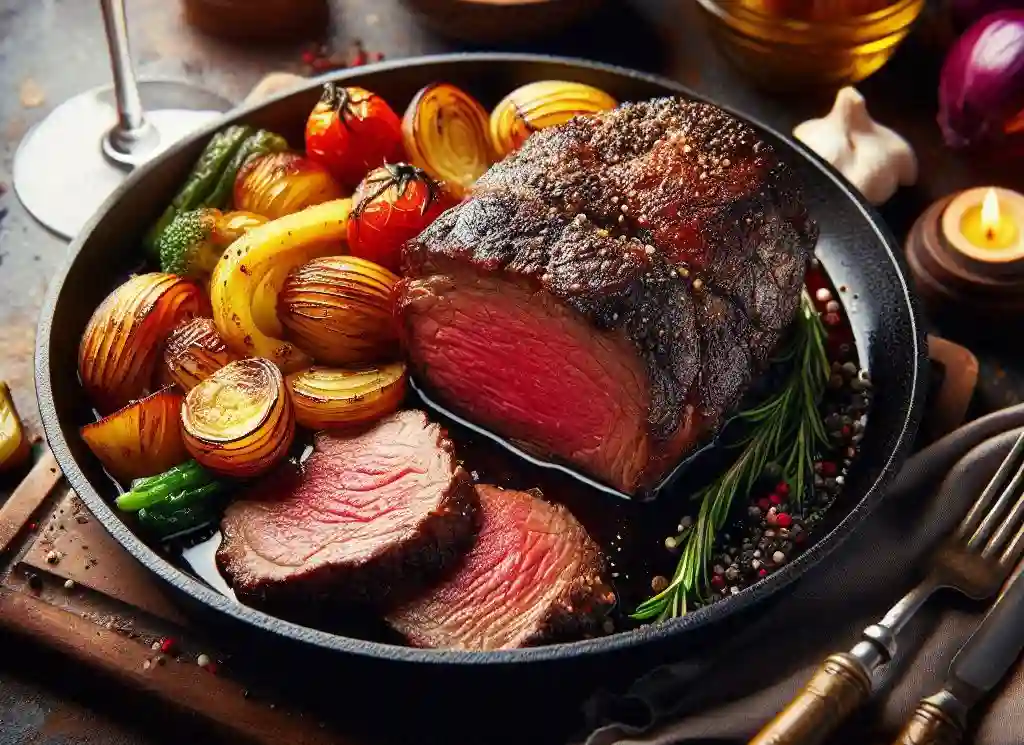
The rump roast, sourced from the beef’s hindquarters, is prized for its depth of flavour and potential for tenderness. Despite being a leaner option, its quality does not solely rest on being fat-free; marbling within the meat is a crucial determinant of its juiciness post-cooking.
When selecting your cut, aim for one that balances lean muscle and fat.
A well-marbled rump roast promises a moist and succulent end product and enriches the dish with flavors released during the cooking process.
This careful selection ensures that your preparation efforts result in a delicious and satisfying meal that embodies the rich, full-bodied character that rump roast is celebrated for.
Preparing Your Rump Roast for Success
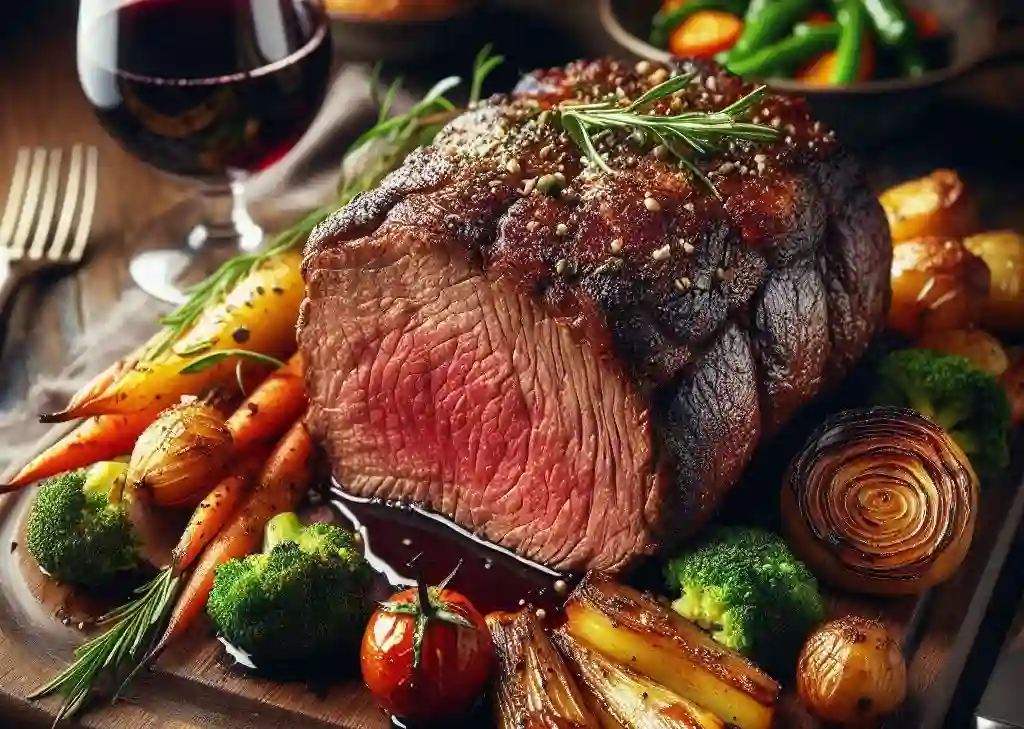
To ensure your rump roast is set up for culinary success, begin by thoroughly patting the meat dry with paper towels; this step is essential for achieving a good sear. Next, evaluate the fat cap. While some fat is desirable for flavor and moisture, excessive fat can be trimmed slightly.
Seasoning is next: create a robust rub using coarse salt, cracked black pepper, and your choice of aromatic herbs such as rosemary, thyme, or garlic powder. Rub this mixture generously over the entire surface of the roast.
If you have the time, allowing the seasoned roast to sit uncovered in the refrigerator for a few hours, or even overnight, can enhance the meat’s flavor profile significantly. This dry brining process helps the seasoning to penetrate deeper into the meat.
Once seasoned, let the roast sit at ambient temperature for approximately 30 minutes before cooking. This step is crucial for ensuring that the meat cooks evenly, promoting a perfectly tender rump roast.
To Marinate or Not to Marinate?
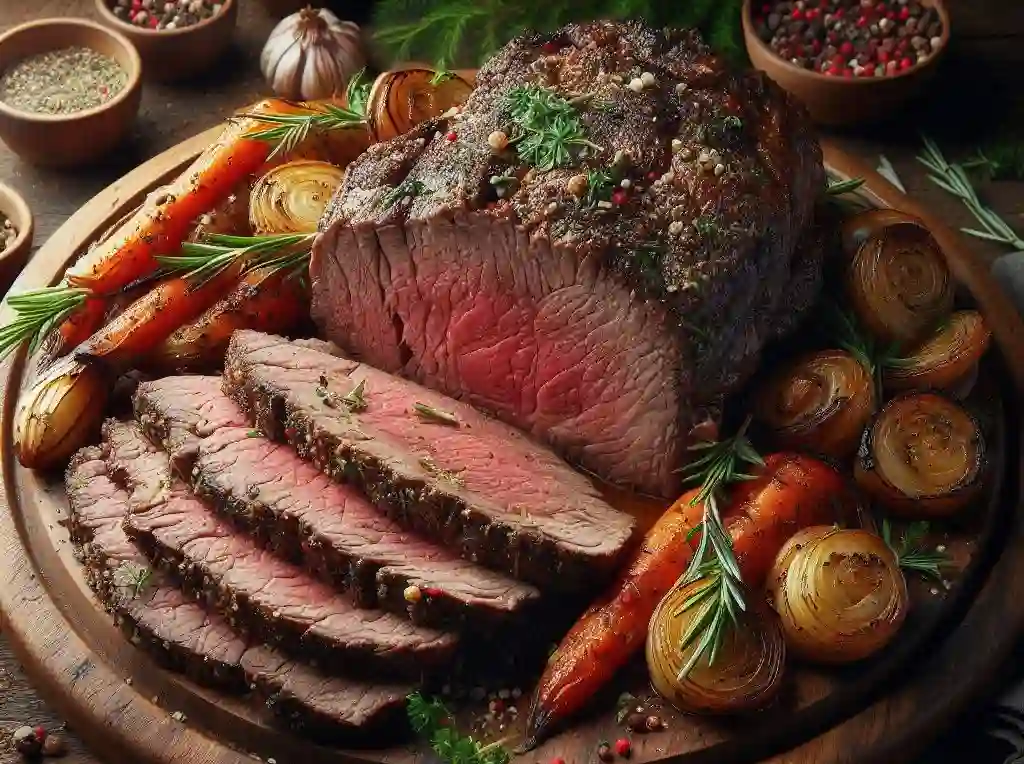
Deciding whether to marinate your rump roast is a matter of personal preference and can significantly impact the flavor profile of your dish. If opting for a marinade, select one that harmonizes with the beef’s natural savoriness.
Ingredients like garlic and soy sauce offer a rich depth, while Worcestershire sauce and red wine introduce a tangy complexity that enhances the meat’s inherent flavors.
For those inclined to marinate, immerse your roast in the mixture for at least several hours, though overnight marination is ideal for infusing the meat with maximum flavor.
Remember, while marination can introduce additional layers of taste, the rump roast’s inherent qualities and the cooking method chosen play pivotal roles in the ultimate tenderness and flavor of the dish.
Choosing Your Cooking Method
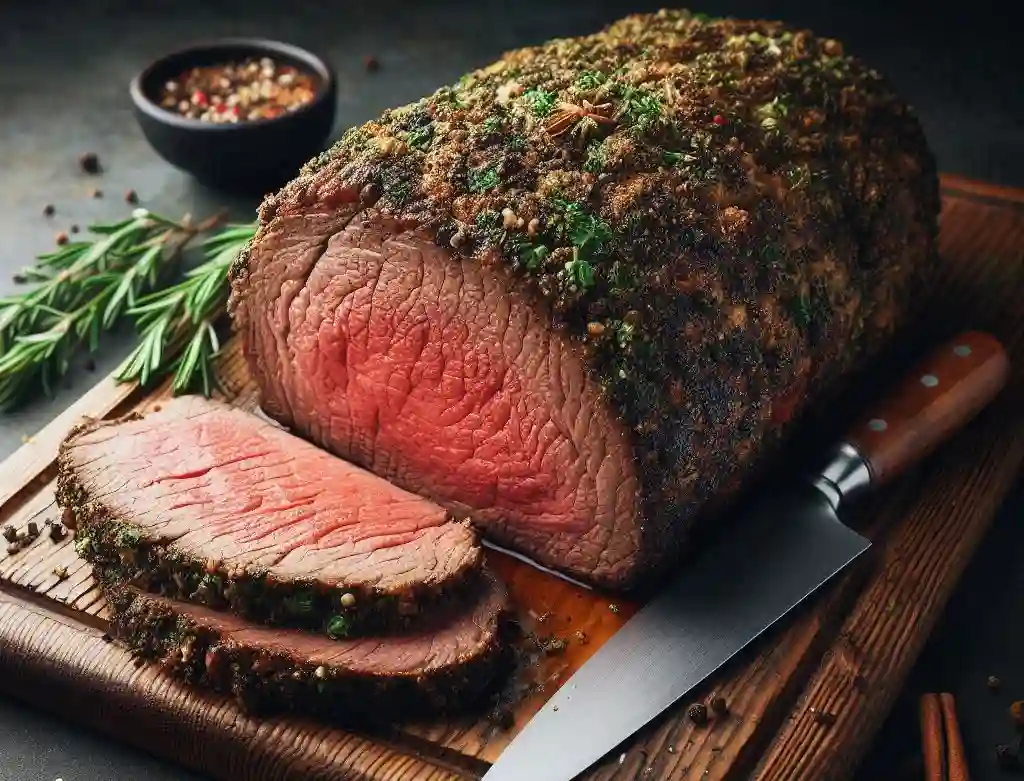
When selecting how to cook your rump roast, consider the tools and time you have at your disposal. For a straightforward approach, oven roasting at a consistent temperature allows for an easy, hands-off cooking process that yields excellent results.
Braising, involving initial searing followed by slow cooking in liquid, introduces complex flavors and ensures moisture retention, making the meat exceptionally tender. Alternatively, the slow cooker method is ideal for those seeking convenience and minimal monitoring.
It gently cooks the roast over several hours, infusing it with the flavors of added herbs and liquids. Each technique offers a unique path to achieving a deliciously tender rump roast, so choose based on your taste preferences and kitchen equipment.
The Art of Low and Slow Cooking
Embracing the low and slow cooking method transforms your rump roast into a masterpiece of tenderness and taste. This approach, focusing on a gentle simmer over an extended period, allows the tough fibers within the meat to break down gradually, without sacrificing moisture.
It’s a technique where patience is rewarded by each bite offering a succulent texture and a complexity of flavors that have been allowed to develop and intensify over time.
This method is particularly suitable for tougher cuts like the rump roast, making it an ideal choice for those looking to achieve an exceptional level of tenderness.
Incorporating a low and slow cook into your culinary repertoire ensures a rump roast that is not only easier to digest but also more enjoyable to eat, highlighting the true potential of this versatile cut.
Letting the Juices Settle
Once your rump roast has completed its cooking journey, it enters a critical phase that’s often overlooked: resting. This pause in the process is vital for achieving a moist and flavorful roast.
During this time, the internal temperature of the meat can continue to rise slightly, allowing the roast to reach its ideal doneness. As the meat rests, the muscle fibers, which have tightened during cooking, begin to relax, and the juices that have been pushed towards the center of the roast redistribute throughout the meat.
This natural redistribution is key to ensuring each slice is as succulent and flavorful as possible. It’s a simple yet effective technique that bridges the gap between cooking and serving, guaranteeing that your efforts in the kitchen culminate in the tender, delectable roast you’ve anticipated.
Therefore, resisting the temptation to cut into the roast immediately is essential; patience during this resting stage rewards you with the optimal texture and taste experience.
Resting Your Roast: A Crucial Step
After your rump roast is removed from the heat, entering the rest phase is paramount. This isn’t merely a pause in activity; it’s an integral part of the cooking process that impacts the roast’s final texture and juiciness. Allow the roast to sit undisturbed for at least 20 minutes before carving.
This period enables the temperatures within the roast to equalize, ensuring that the meat reaches its peak doneness. As the roast rests, the fibers relax, and the juices that have migrated to the center during cooking slowly seep back throughout the meat, enhancing its moisture and flavor.
This step ensures that when you do slice into your roast, each piece is evenly juicy and tender, rather than dry or unevenly cooked. Adequate resting is essential for a rump roast that’s not just good, but memorably succulent and satisfying.
Carving and Serving Your Tender Rump Roast
When the moment arrives to present your masterpiece at the table, how you carve your tender rump roast can significantly influence its final texture and enjoyment. The key here is to slice against the grain of the meat.
This method ensures that the muscle fibers are cut short, making each piece easier to chew and enhancing the tenderness of the roast. It’s a simple technique that can make a substantial difference in the dining experience.
Serve the beautifully sliced rump roast alongside accompaniments that complement its rich flavors—think creamy mashed potatoes, vibrant roasted vegetables, or a crisp, refreshing salad. Elevate the dish further by spooning over some of the delicious pan juices or a rich, savory gravy.
These finishing touches not only add moisture but also deepen the flavors of the roast, creating a harmonious plate that’s sure to delight your guests.
FAQs
Q: How long should I cook a rump roast to ensure it’s tender?
A: Cooking times vary based on the roast’s size and the method employed. A useful guideline is approximately 20 minutes per pound at 350°F for oven roasting. For slow cooking or braising, the roast may require several hours on a low heat setting to become tender.
Q: Can I freeze leftover rump roast?
A: Absolutely, rump roast leftovers can be frozen for up to 3 months. For optimal results, ensure the roast is wrapped securely in plastic wrap or aluminum foil to prevent freezer burn.
Q: How can I tell when my rump roast is perfectly cooked?
A: The best way to ensure your roast is cooked to your liking is to use a meat thermometer. For a medium-rare finish, aim for an internal temperature of 145°F, allowing the roast to rest afterwards will bring it to a perfect finish.
Q: Is marinating a rump roast necessary?
A: Marinating is optional and based on personal taste. If you choose to marinate, doing so can add depth and complexity to the flavor. For best results, marinate overnight to allow the flavors to fully penetrate the meat.

Amelia Winthrop is the creative force behind Skillful Cooking, a blog that serves as a canvas for her culinary creations. With a philosophy that cooking should be accessible and enjoyable, Amelia crafts recipes that blend simplicity with sophistication. Her intuitive approach to the kitchen encourages others to embrace the joy of cooking and the pleasure of sharing meals with loved ones.

